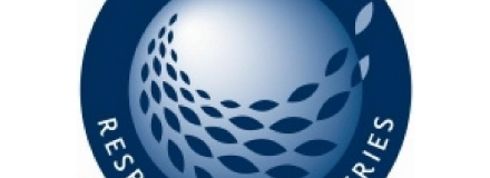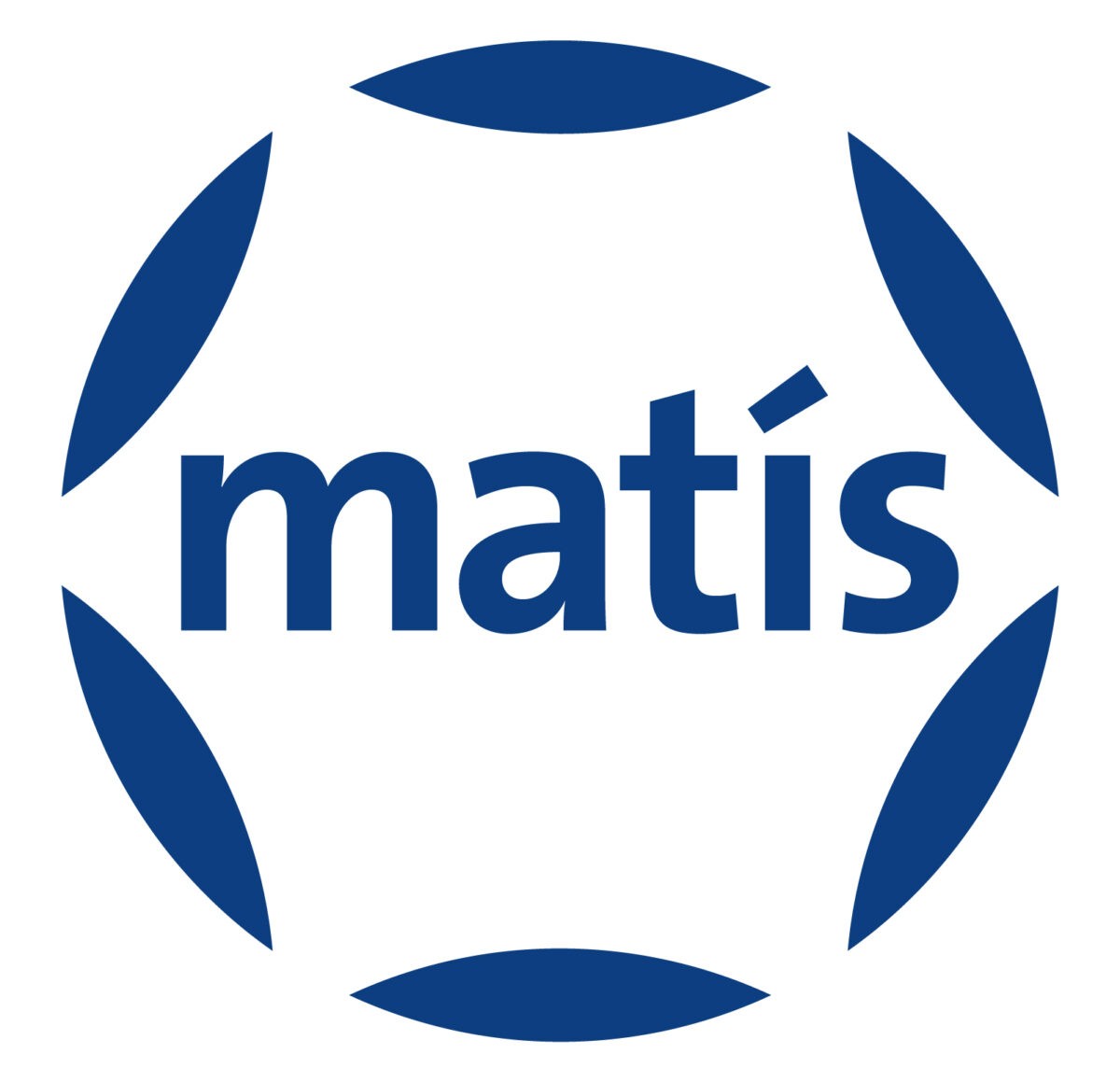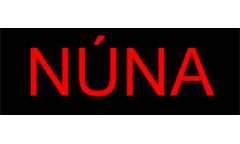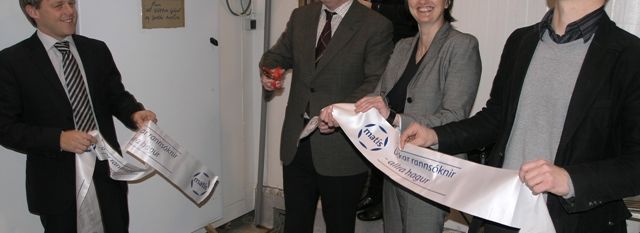Trust the pillars - mobilize human resources
Last Friday, November 14, a mass meeting was held among companies and people in the high-tech and start-up sector at Hilton Reykjavík Nordica.
The meeting was called "Now" is the opportunity because now is the time to start the systematic development of high-tech and start-up companies through active cooperation and solidarity between the government, management and employees to strengthen the foundations of innovation and mobilize human resources. The purpose of the meeting was to strengthen offensive spirit and self-confidence.
At the meeting, the companies presented their operations, brought good news about the results of development and marketing work and presented offers that included, among other things, that they can add people, provided that certain working conditions and pillars for innovation are in place.
Matís' presentation can be found here and here Matís' offer can be found.
Representatives of several companies spoke in addition to Þorgerður Katrín Gunnarsdóttir, Guðlaug Þór Þórðarson and Össur Skarphéðinsson. Valgeir Guðjónsson, musician, created music on site together with DJ Margeir and Björk Guðmundsdóttir, musician, gave an encouraging speech. The meeting was chaired by Þórólfur Árnason, CEO of Skýrr and Svafi Grönfeldt, Rector of RU.
The meeting was hosted by the Confederation of Icelandic Industries, the Association of Biotechnology Companies, the Association of Start-up Companies, the Association of Information Companies and Reykjavík University.
Agenda
16.00 Helgi Magnússon, Chairman of SI opens the meeting and the chairmen take over
16.10 Short contributions from representatives of companies and the government
Stiki - Svana Helen Björnsdóttir, Managing Director
Össur - Egill Jónsson, Managing Director of Production
Þorgerður Katrín Gunnarsdóttir, Minister of Education
Skýrr- Sigrún Ámundadóttir, Director of Software Solutions
Klak - Eyþór Ívar Jónsson, Managing Director
Guðlaugur Þór Þórðarson, Minister of Health
Valgeir Guðjónsson creates music with the participation of meeting guests
Marel - Sigsteinn Grétarsson, CEO of Marel in Iceland
CCP - Hilmar Veigar Pétursson, Managing Director
Össur Skarphéðinsson, Minister of Industry
Marorka - Jón Ágúst Þorsteinsson, CEO
Betware - Stefán Hrafnkelsson, Managing Director
Stjörnuoddi - Jóhanna Ástvaldsdóttir, CFO
SagaMedica - Perla Björk Egilsdóttir, specialist
Björk Guðmundsdóttir, musician
Song by Valgeir Guðjónsson and DJ Margeir performed
17.00 Mannblendi











